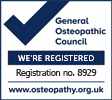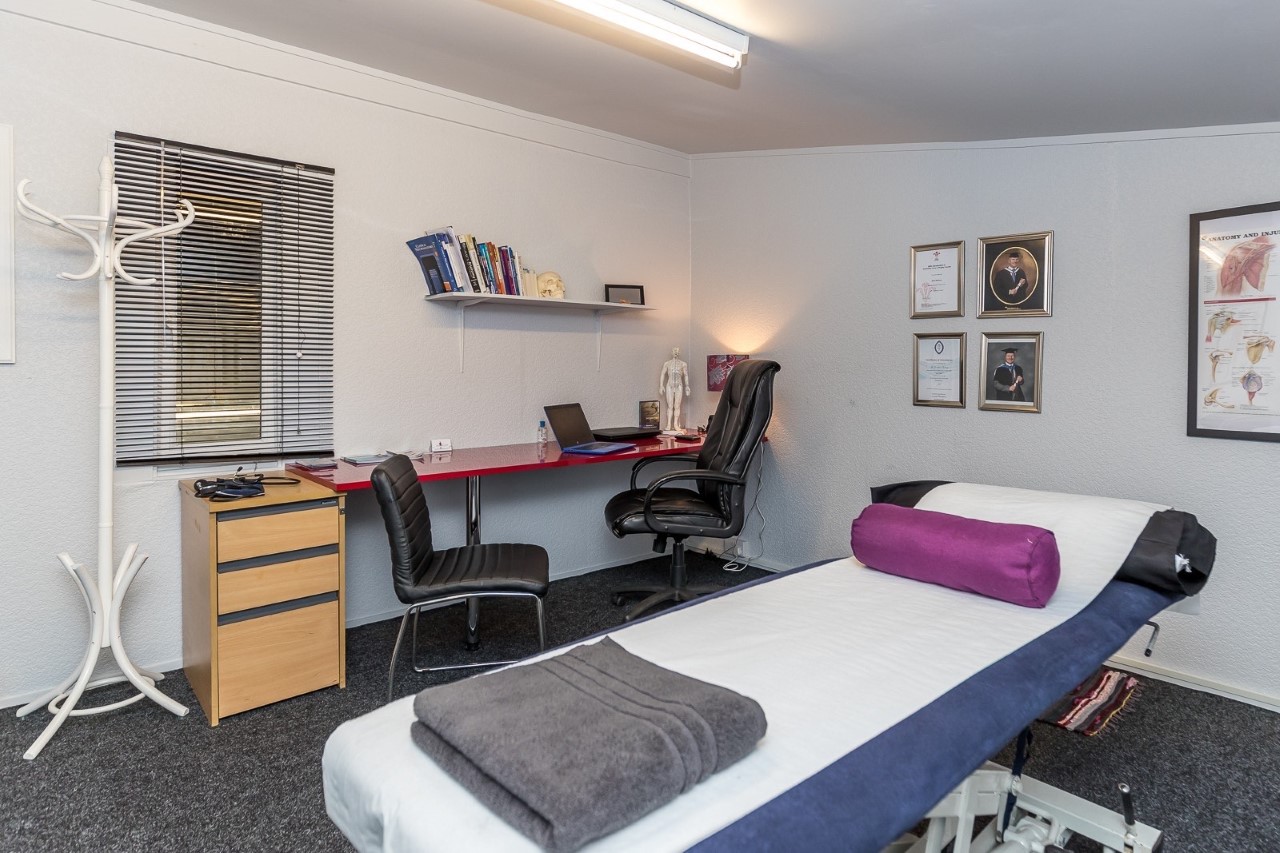Clinical Differences between Chiropractic & Osteopathy
Chiropractic has originated from osteopathy and all chiropractic techniques are essentially osteopathic techniques as well. However chiropractors mainly focus on using manipulation (also known as grade five mobilization or high velocity low amplitude (HVLA) techniques) in treating patients. Manipulative techniques are aggressive in nature and have caused a small number of deaths, strokes and other neurological conditions in patients receiving cervical manipulation.
Manual osteopaths (also known as osteopathic manual practitioners in the states) on the other hand use gentle, non-aggressive repetitive osteopathic manual techniques. These techniques have not caused any death, strokes or serious neurological conditions in patients and as such are quite safe. That is one reason why the malpractice insurance premiums of manual osteopaths are so low. There has not been any report of death or stroke caused by manual osteopaths. The most common side effect experienced by a small number of patients following osteopathic care is stiffness and soreness in the area, similar to the feeling of muscles soreness after exercising for the first time.
The techniques used by manual osteopaths include osteoarticular mobilization, muscle energy techniques, strain/counterstrain, visceral manipulation, cranial osteopathy, Still’s, manual mechanotherapy (this techniques, considered the lost technique of osteopathy is taught only at National University of Medical Sciences (Spain), National University of Medical Sciences (USA) and National Academy of Osteopathy), positional facilitated release, balanced ligamentous tension, lymphatic drainage, oscillatory, myofascial release, soft tissue therapy and other techniques. These techniques use minimum force, are repetitive and gentle in nature. In manual osteopathy being gentle is essential.
Because of the nature of techniques used, chiropractic treatments last a few minutes and as such chiropractors do not follow a time based treatment protocol. Their sessions are treatment based, without checking the time. Because osteopathic techniques are repetitive they require time and most osteopathic sessions last between 30 to 45 minutes. As such most manual osteopaths work based on time, each session being 30 minutes, or 60 minutes and so on.
In regards to the effectiveness of care osteopathic care is by far more effective than chiropractic care. Research has shown mobilization techniques being more effective than manipulative techniques. This has been observed clinically as well. Osteopathy is well known as being the best treatment available for chronic musculoskeletal pain. A recent research done on 500 patients by University of Texas (published in the Journal of American Osteopathic Association) showed that just 6 osteopathic care (once per week) totally eliminated disability and chronic low back pain in 50% of patients.
A 2012 survey in Canada showed manual osteopathy is the #1 choice of patients with chronic low back pain. Manual osteopaths in Canada have a patient loyalty rate of 97% (the most of all health professionals surveyed). A survey done by a University of Toronto PhD student showed patients in Canada consider manual osteopaths the most trust worthy health professionals, when compared with 25 other health professionals.
I have studied both chiropractic and manual osteopathy. Chiropractic is a great profession and has its role in treating some conditions, mainly acute pain. However manual osteopathy is a complete, more effective health care system specially when dealing with chronic pain. As it is gentle and highly pleasurable, patients seem to prefer manual osteopathy to chiropractic.
Chiropractic is scary for most patients. The crack they hear after spinal manipulation scares them. I had many clinics in the past 22 years. Our manual osteopaths were always fully booked. Once patients receive an osteopathic treatment they most likely remain loyal to osteopathy for life. That is why manual osteopaths have waiting lists of weeks to months but most chiropractors do not. If you open the Yellow Pages you will see many ads for chiropractors but not one ad for a manual osteopath. This is because manual osteopaths generally do not need to advertise. Through word of mouth referrals from happy patients their practices get filled up quickly.
All these result in manual osteopaths having the highest job satisfaction rate of all health professionals in Canada.
Shahin Pourgol, MBA, DC, DO, PhD
Founder & President
National Academy of Osteopathy (Canada)


















